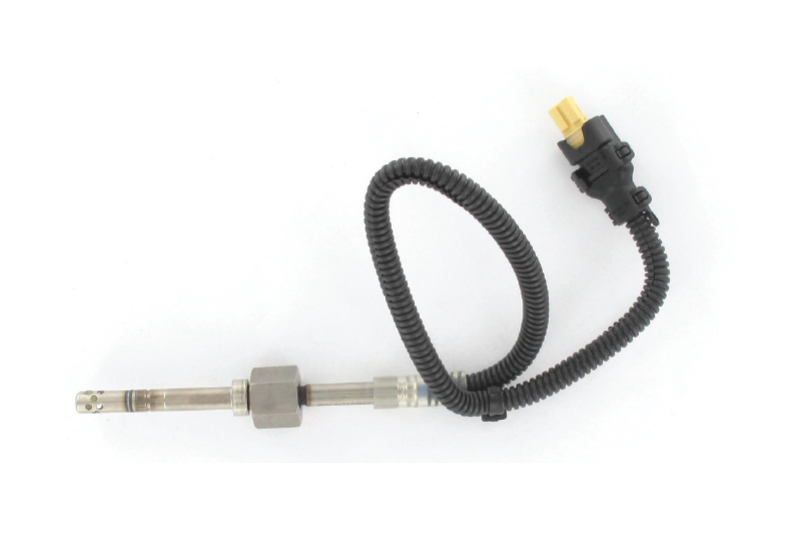
Exhaust gas temperature sensors (EGTS) are becoming more popular in modern vehicles due to tougher emissions legislation, according to SMP Europe. Here, its engineering director, John Wass, delves deeper into what the sensor does, its key components, why it’s a high-failure part and how it fails:
What is an EGTS?
An EGTS measures the temperature of the gas in the exhaust system. This information is then reported back to the ECU where appropriate action can be taken. Commonly in petrol engines, the sensors protect key components from higher temperatures common in smaller engines.
In diesel engines, meanwhile, EGTS are also used to monitor the temperature of the diesel particulate filter (DPF) to maximise efficiency of regeneration and reduce harmful emissions.
It is common to have three or more sensors fitted to the same exhaust system, one before the turbocharger and one either side of the DPF.
How does an EGTS work?
There are two types of EGTS: with positive temperature coefficient (PTC) and negative temperature coefficient (NTC) sensing elements. The difference between the two is how they measure temperature:
- PTC element sensors are the most common, where resistance increases in line with temperature
- NTC elements have a high resistance at low temperature and low resistance at high temperature
In both cases, a temperature is assigned to resistance in the engine control unit (ECU), allowing it to act based on the feedback.
Why does an EGTS fail?
Commonly, EGTS failure is caused by exposure to extremely high temperature – in some cases, over 900°C. As with many components, particularly sensors, sever vibrations can loosen internal connections and bending/twisting can cause wire failure.
Combining these with contamination from fluids, such as oil or antifreeze, can affect the EGTS response efficiency, causing it to drift out of tolerance and provide the ECU with inaccurate information.
Symptoms of failure include the engine light appearing on the dashboard, a reduced fuel efficiency, unnecessary DPF regeneration, a failed emissions test or component failure.

SMP Europe’s range of EGTS
With more than 300 part numbers available, we constantly monitor the aftermarket to update our offering to ensure customers remain up-to-date and have the parts they need for every repair.
All of our EGTS are developed with the latest in sensory technology and tested rigorously in house at our testing facility in Nottingham, to ensure they meet or exceed original equipment tolerances and can withstand the harsh working environment they are situated in for a long service life.







